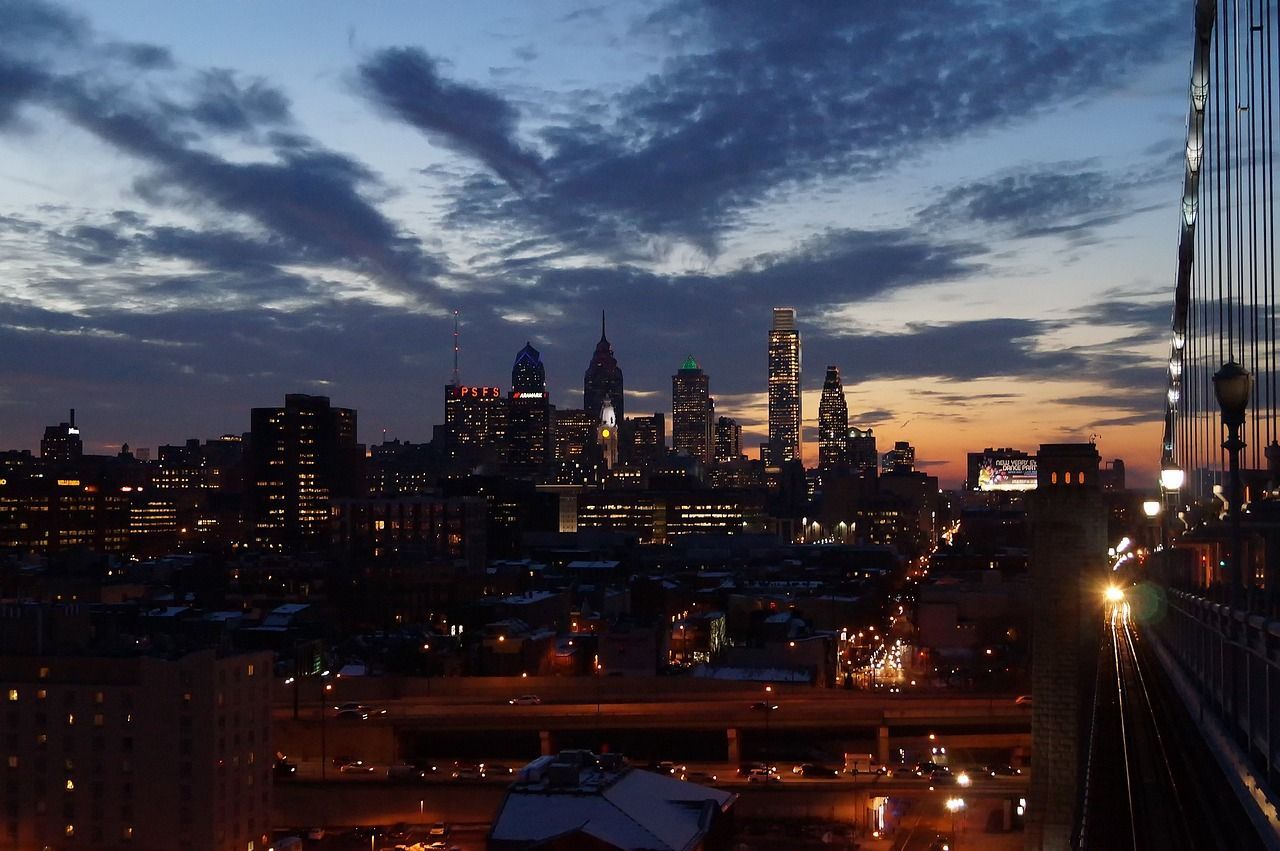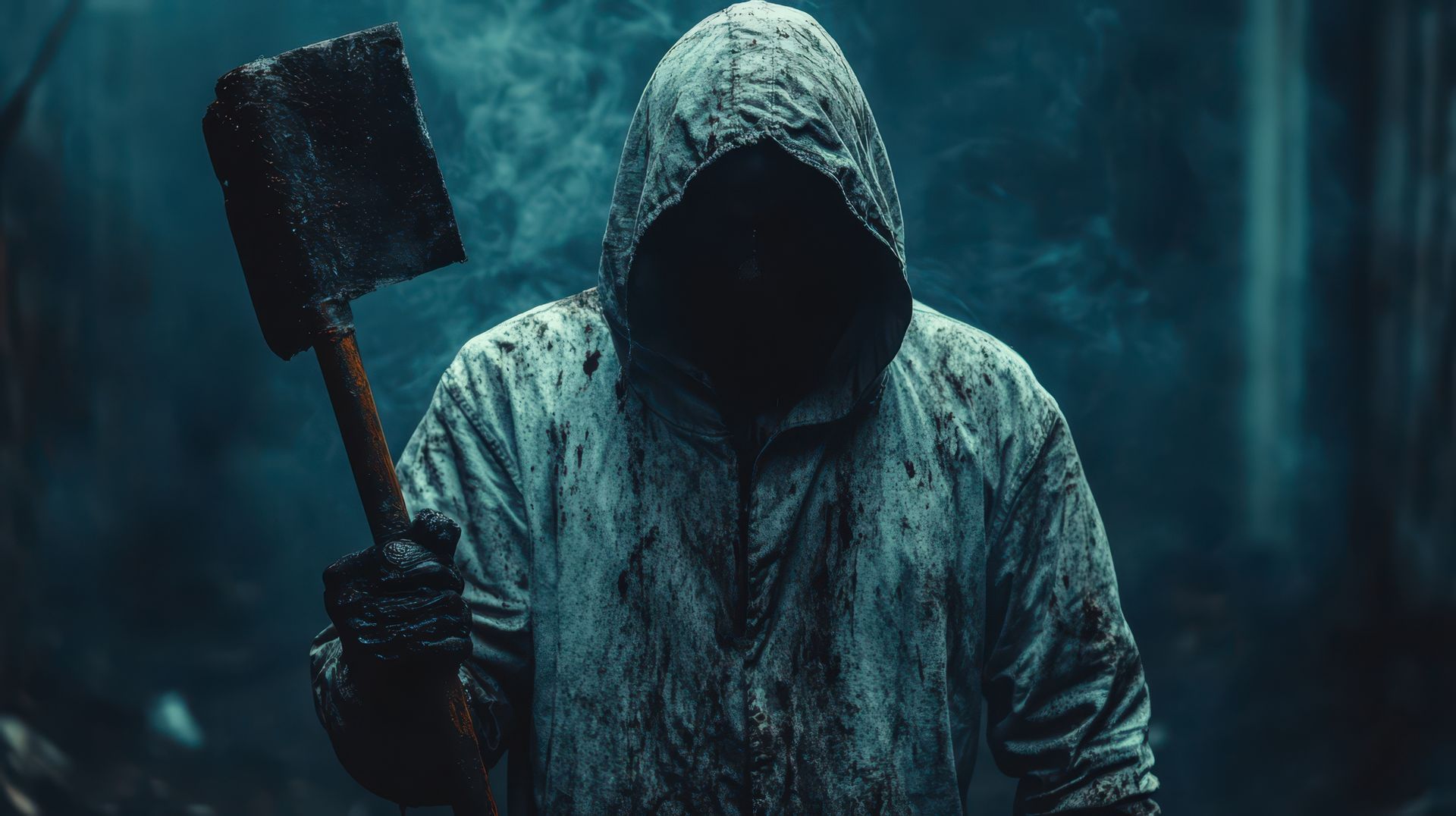Decoding the Disappearance of Jimmy Hoffa
On July 30, 1975, Jimmy Hoffa, the former president of the International Brotherhood of Teamsters, vanished without a trace, sparking one of the most enduring unsolved mysteries in American history. The charismatic labor leader was last seen outside the Machus Red Fox restaurant near Detroit, where he was supposed to meet two known gangsters. Hoffa's disappearance sent shockwaves through the nation, igniting a firestorm of speculation and conspiracy theories that continue to captivate the public imagination nearly five decades later. Despite extensive investigations, countless leads, and numerous searches, the fate of Jimmy Hoffa remains shrouded in mystery. This baffling case has become a symbol of organized crime's influence and the limits of law enforcement, leaving investigators and the public alike to wonder: What really happened to Jimmy Hoffa?
The Rise of a Labor Icon
Jimmy Hoffa was a towering figure in American labor history, rising from humble beginnings to become one of the most powerful and controversial union leaders of the 20th century. As the president of the International Brotherhood of Teamsters from 1957 to 1971, Hoffa transformed the organization into a formidable force in the labor movement. The Teamsters, primarily representing truck drivers and warehouse workers, became the largest and most influential union in the United States under Hoffa's leadership. His tenure was marked by significant gains for workers, including improved wages and working conditions, but it was also tainted by allegations of corruption and ties to organized crime.
Shadows of Suspicion
The suspects in Hoffa's disappearance, primarily mobsters Anthony Provenzano and Anthony Giacalone, had much to lose if Hoffa regained control of the Teamsters. During Hoffa's imprisonment, the Mafia had significantly increased its influence over the union's vast pension fund, using it as a source of easy loans and illicit financing. Hoffa's return threatened to disrupt this lucrative arrangement. Moreover, Hoffa had hinted at exposing the mob's infiltration of the union, which could have led to federal investigations and prosecutions. The deathbed confession of Frank "The Irishman" Sheeran in 2004 briefly reignited interest in the case, leading to a search of a Detroit house. However, like many leads in the Hoffa case, it ultimately proved fruitless, highlighting the challenges in separating fact from fiction in this enduring mystery.
The Mob's Calculated Move
The Chicago Connection in the Hoffa case reveals the complex web of organized crime that may have played a role in his disappearance. The Chicago Outfit, a powerful crime syndicate, had significant interests in the Teamsters' Central States Pension Fund. Hoffa's potential return to power threatened to disrupt their access to this financial resource. FBI files detail a meeting in Missouri the week Hoffa vanished, connecting Chicago Outfit bosses to the case. This "Hoffex" investigation explored the intricate relationships between Hoffa, Chicago mob figures, and the pension fund, suggesting that the motivation for Hoffa's elimination extended beyond local Detroit criminals to a broader network of organized crime.
A Legacy of Mystery and Intrigue
The legacy of Jimmy Hoffa's unsolved disappearance continues to captivate the public imagination nearly five decades later. Extensive searches have been conducted across various locations, from fields and horse farms to construction sites and even a driveway in Roseville, Michigan. In 2006, the FBI spent about $250,000 searching a horse farm in Oakland County's Milford Township, demonstrating the ongoing commitment to solving this enigma. The mystery has inspired numerous books, movies, and documentaries such as Martin Scorsese's "The Irishman", Danny DeVito's "Hoffa", and Alan Bradley's "Killing Jimmy Hoffa".
The disappearance of Jimmy Hoffa remains one of America's most infamous unsolved mysteries, a case that has baffled investigators for nearly half a century. Despite exhaustive efforts, the truth behind Hoffa's vanishing act continues to elude us, leaving a legacy of speculation and intrigue. As time passes, the likelihood of solving this enigma diminishes, yet the fascination with Hoffa's fate endures, a testament to the enduring power of unsolved crimes in the public consciousness.
If you're intrigued by the mysterious disappearance of Jimmy Hoffa and crave more mind-bending unsolved cases, don't miss our article "10 Chilling Unsolved Mysteries That Continue to Baffle Investigators." Dive deeper into the world of perplexing crimes and unexplained phenomena that have left even the most seasoned detectives scratching their heads.
WOW Blog






